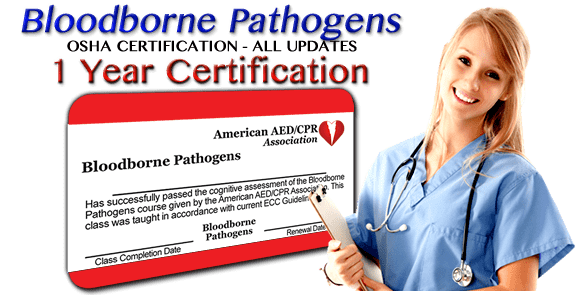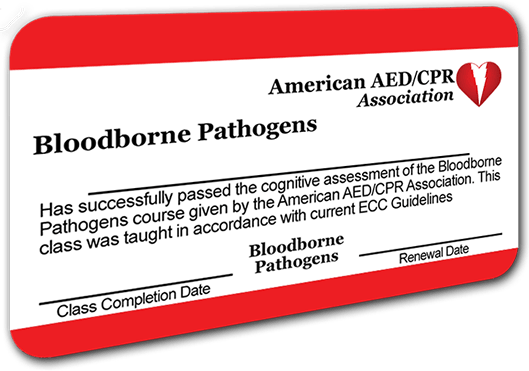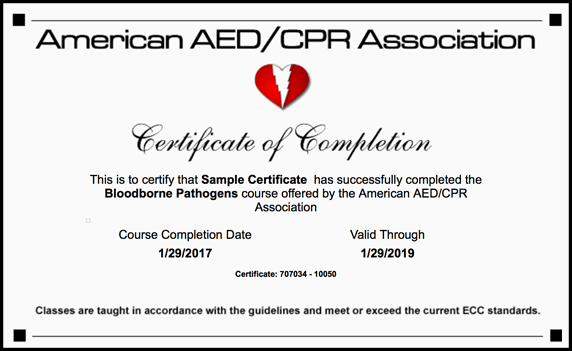Bloodborne Pathogens
Instructions
Simply study the material on each page, you may need to scroll down to view all material and navigate the the next page. On the bottom of each page you will see a link for the "NEXT >>>" page.
You may SKIP AHEAD and TAKE THE TEST anytime you like. Simply click the "TAKE TEST NOW" link on the bottom of any class page.
You may also skip around and review parts of the class. Simply click the links at the bottom of the page to start over or skip to a new section.
Contents:
- ● Definitions
- ● OSHA Regulations
- ● P.A.C.T.
- ● Workplace Safety
- ● Exposure
- ● Sharps
- ● Reporting
Learning Goals:
The purpose of this class is to reduce the chance of exposure and learn what to do if you are exposed. In this section, you will learn what bloodborne pathogens are and how they can enter the body. It is important to know this to prevent transmission of bloodborne pathogens and minimize the risk of becoming sick for yourself and others.
Why do you need to know about Bloodborne Pathogens?
In your field of work, you may come across blood or materials that contain blood, such as vomit, saliva, or sneeze droplets. Blood may also be found on non-living objects such as needles or other medical equipment. In this course, you will learn how to prevent exposure, and how to minimize the risks of becoming sick in the event of exposure. You will also learn what to do in the event of an exposure.
Your workplace has a more specific exposure control plan. Ask your employer or supervisor about the exposure control plan for your workplace. The plan should include the following information:
- ● List of all job classifications that have a high chance for exposure to blood.
- ● List of all procedures in which occupational exposure may occur and that are performed by employees in specific job classifications.
- ● Rules to protect employees.
- ● Rules for human immunodeficiency virus (HIV) and hepatitis B research labs and production facilities.
- ● Vaccination, post-exposure evaluation and follow-up for Hepatitis B.
- ● Hazards for employees
- ● Recordkeeping
- ● Procedure for reviewing what happened during exposure incidents





